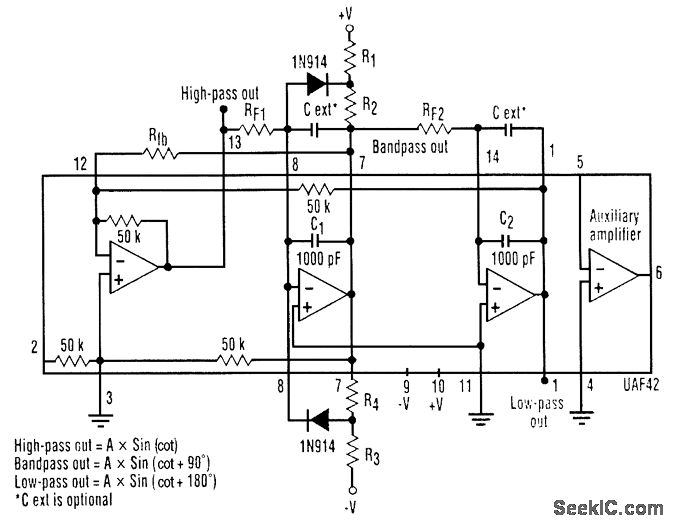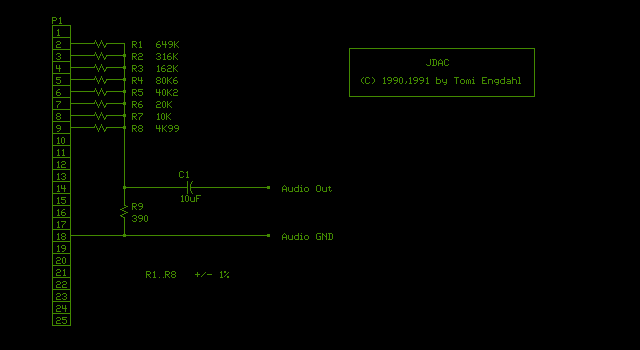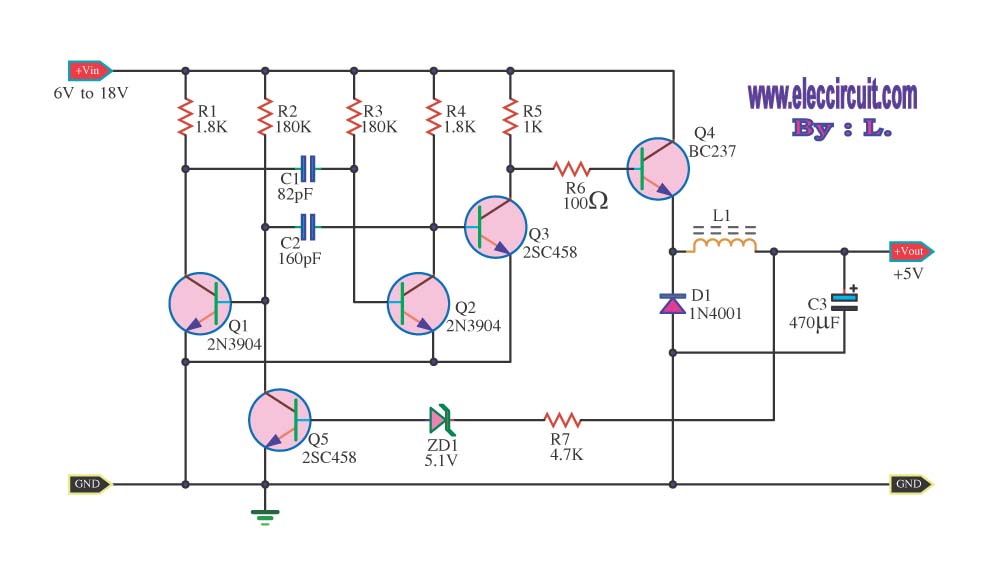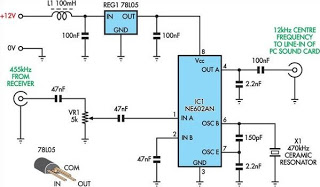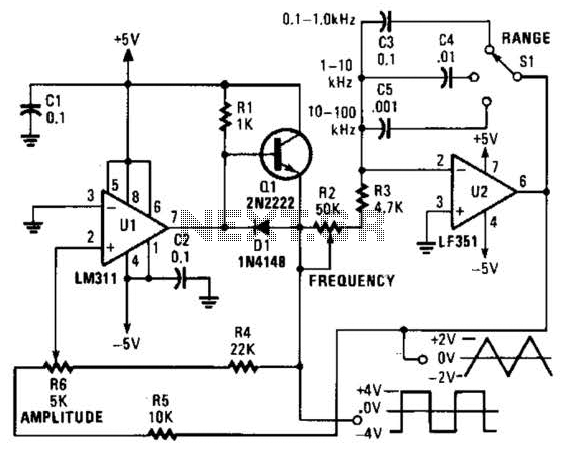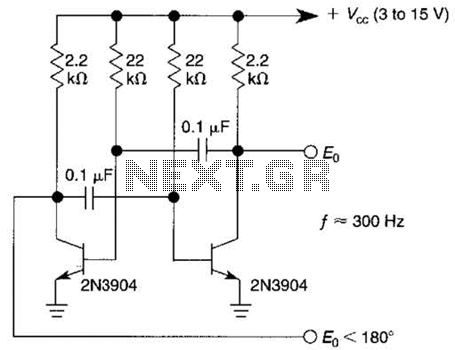
SINE WAVE TO SQUARE WAVE CONVERTER
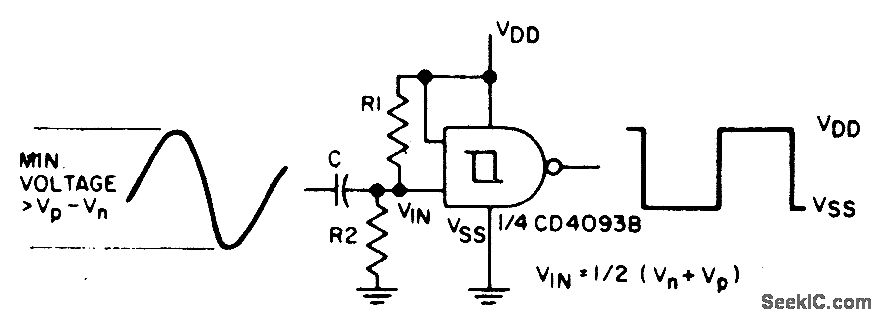
The sine input is AC coupled by capacitor C. Resistors R1 and R2 bias the input midway between Vn and Vp, the input threshold voltages, to provide a square wave at the output.
The circuit described utilizes an AC coupling technique to manage the sine input signal, which is essential for eliminating any DC offset that may affect the subsequent stages of the circuit. The capacitor C serves this purpose, allowing only the alternating current (AC) component of the signal to pass through while blocking any direct current (DC) component.
Resistors R1 and R2 are configured in a voltage divider arrangement, which establishes a bias point for the input signal. This biasing is crucial as it positions the input signal within the appropriate range between the defined threshold voltages, Vn (negative threshold) and Vp (positive threshold). By setting the bias point midway between these thresholds, the circuit ensures that the input signal can effectively toggle between high and low states, thus generating a square wave output.
The output square wave is a direct result of the input sine wave being clipped at the thresholds defined by Vn and Vp. When the input signal exceeds Vp, the output transitions to a high state, and when it falls below Vn, the output returns to a low state. This rapid transition between states creates a square wave, which is commonly used in digital circuits for clock signals or as a driving signal for other components.
Overall, the combination of AC coupling, proper biasing through R1 and R2, and the threshold management allows for effective signal processing, transforming a sinusoidal input into a square wave output suitable for further digital processing or control applications.The sine input is ac coupled by capacitor C; R1 and R2 bias the input midway between Vn and Vp, the input threshold voltages, to provide a square wave at the output. 🔗 External reference
The circuit described utilizes an AC coupling technique to manage the sine input signal, which is essential for eliminating any DC offset that may affect the subsequent stages of the circuit. The capacitor C serves this purpose, allowing only the alternating current (AC) component of the signal to pass through while blocking any direct current (DC) component.
Resistors R1 and R2 are configured in a voltage divider arrangement, which establishes a bias point for the input signal. This biasing is crucial as it positions the input signal within the appropriate range between the defined threshold voltages, Vn (negative threshold) and Vp (positive threshold). By setting the bias point midway between these thresholds, the circuit ensures that the input signal can effectively toggle between high and low states, thus generating a square wave output.
The output square wave is a direct result of the input sine wave being clipped at the thresholds defined by Vn and Vp. When the input signal exceeds Vp, the output transitions to a high state, and when it falls below Vn, the output returns to a low state. This rapid transition between states creates a square wave, which is commonly used in digital circuits for clock signals or as a driving signal for other components.
Overall, the combination of AC coupling, proper biasing through R1 and R2, and the threshold management allows for effective signal processing, transforming a sinusoidal input into a square wave output suitable for further digital processing or control applications.The sine input is ac coupled by capacitor C; R1 and R2 bias the input midway between Vn and Vp, the input threshold voltages, to provide a square wave at the output. 🔗 External reference
